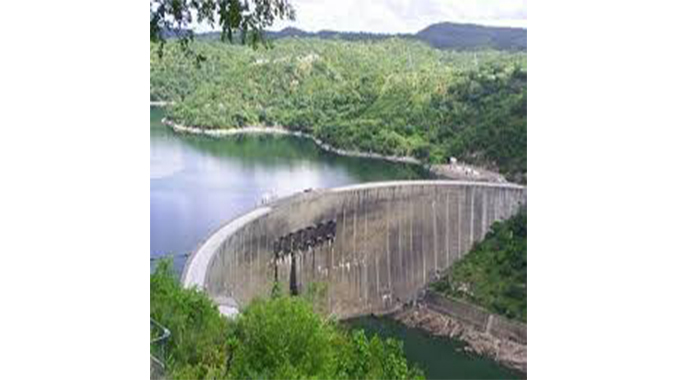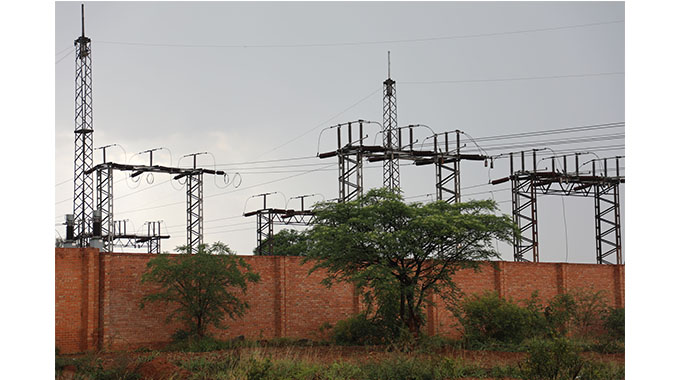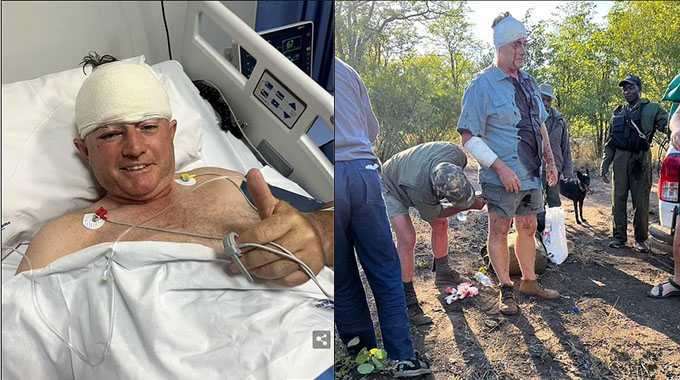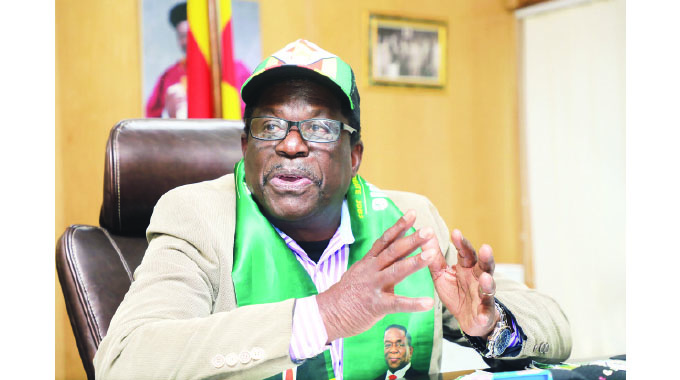Batoka Gorge Hydro-Electric Power to be flagship project in southern Africa

Leonard Ncube, Victoria Falls Reporter
THE Batoka Gorge Hydro-Electric Power (BGHES) whose construction is set to begin in 2022 will be a flagship project in southern Africa in terms of international best standards, the Zambezi River Authority (ZRA) has said.
Zimbabwe and Zambia are working towards constructing two power stations on either side of the Zambezi River at Batoka Gorge, which are expected to generate a combined 2 400MW at a cost of about US$5 billion but the project has been dragging over the years due to funding challenges.
ZRA is a bi-lateral company jointly owned by Zambia and Zimbabwe that engaged a consortium of Power China and General Electric in July 2019 for the construction BGHES project.
ZRA is at the stage of disclosure of the Environmental Impact Assessment (ESIA) where it is engaging various stakeholders including riparian communities in Chiefs Shana and Whange on the Zimbabwean side as well as Chief Mukuni on the Zambian side.
ZRA recently launched its five-year strategic plan (2020-2024) whose aim is to inform and guide the bi-national authority on good corporate governance as well as ensure effective two-way communication with internal and external stakeholders.
MaCotra (Pvt) Ltd of Zimbabwe was engaged in July 2019 as consultants to formulate the 2020-2024 corporate strategy while Environmental Resources Management (ERM) of South Africa was to carry out the ESIA.
The contractor is on site doing project design confirmation before a final report.
ZRA and one of the financiers of the project, Africa Development Bank (AfDB) agreed that only locals will benefit from employment opportunities where 4 000 jobs will be shared by Zambia and Zimbabwe.
ZRA chief executive officer Engineer Munyaradzi Munodawafa said actual construction is likely to commence in 2022 and the project will take a maximum of five years to complete.
“This is a huge project worth between US$4,7 and US$5 billion with numerous downstream benefits. We don’t want a repetition of what happened with Kariba, we want all communities to smile all the way. We want the project to be the flagship of Southern Africa in terms of adherence to what is required with regards to socio-economic benefits,” said Eng Munodawafa during a virtual meeting on Saturday.
Construction of Kariba Dam led to unplanned displacement of thousands of villagers including Binga communities who still bear the grudge of being separated from the ancestral Zambezi River.
Eng Munodawafa said the process of disclosure of ESIA will result in an updated environmental impact report which will inform which communities will be affected, although none at this stage will be displaced by the dam construction.
Another ESIA for the power line to evacuate electricity from Batoka to Chakari is yet to be done.
“Construction work is most likely to start in 2022 and construction can take five years or earlier because the developer is very experienced. Once the local designs are completed and they start, they can finish in record time with the maximum being 2027,” said Eng Munodawafa.
He said ZRA which came up with a resettlement policy two months ago, was now closer to finalising reports which will determine which communities will be affected and how they will be compensated.
The 4 000ha around the dam site which are earmarked for development will not affect local communities while displacement might only happen on those who will fall under the powerline. — @ncubeleon











Comments